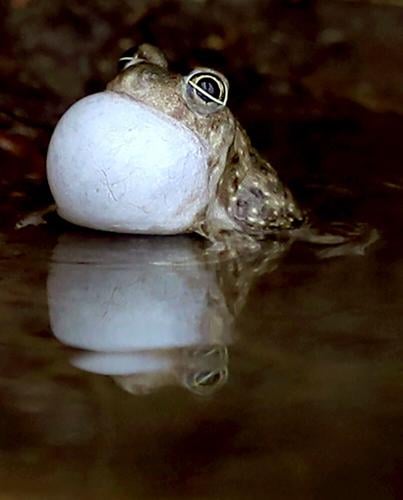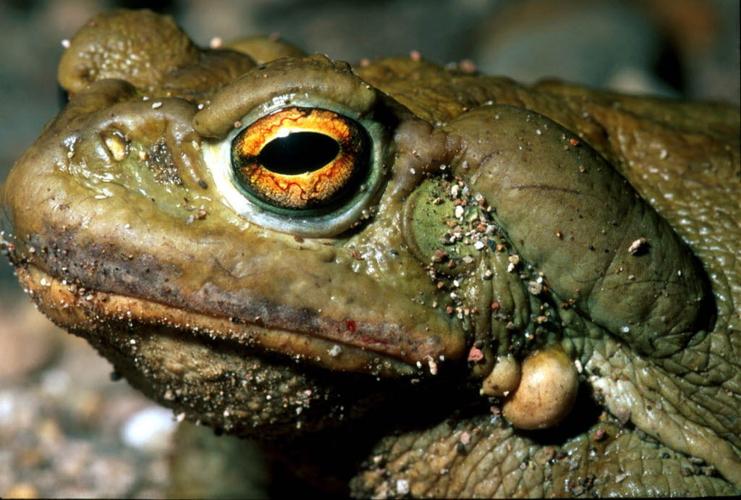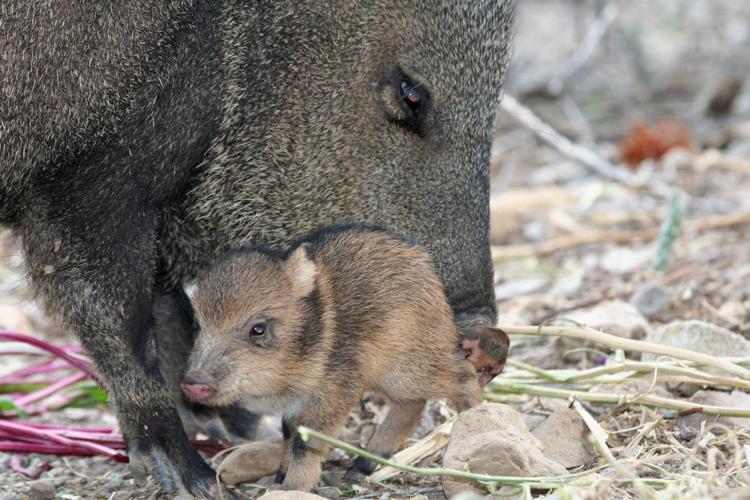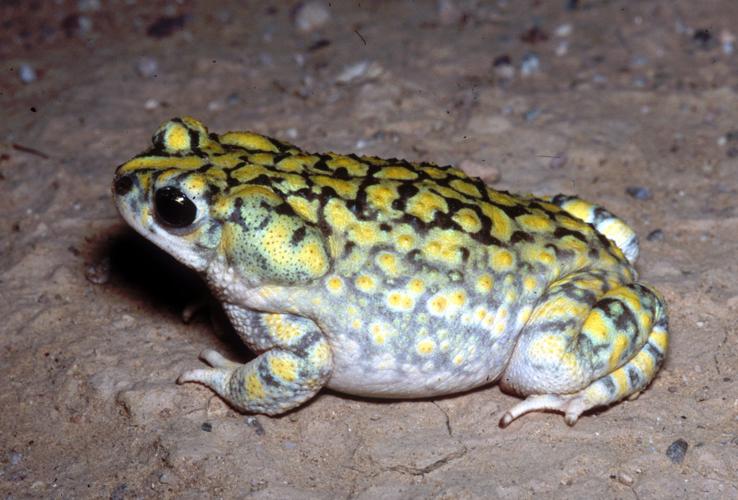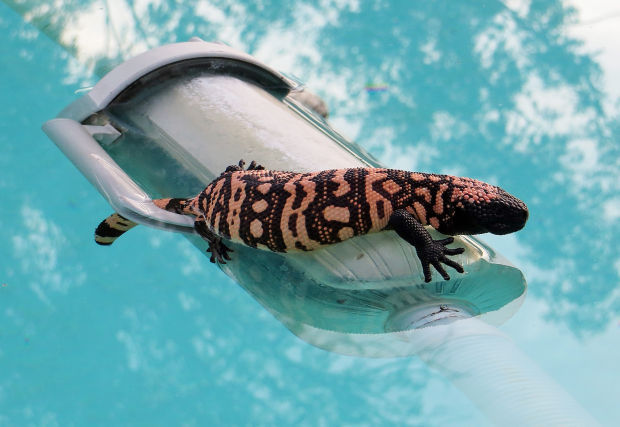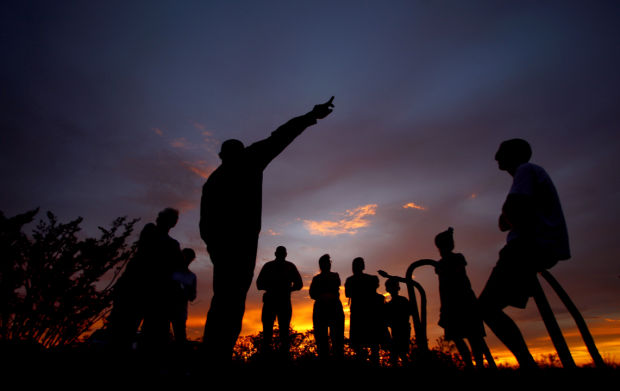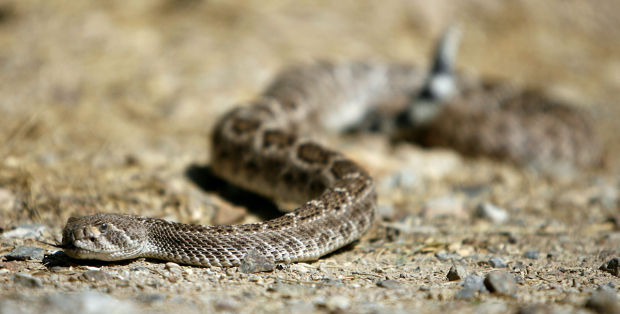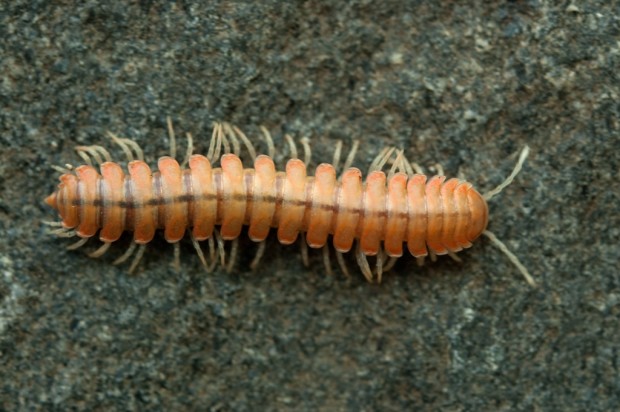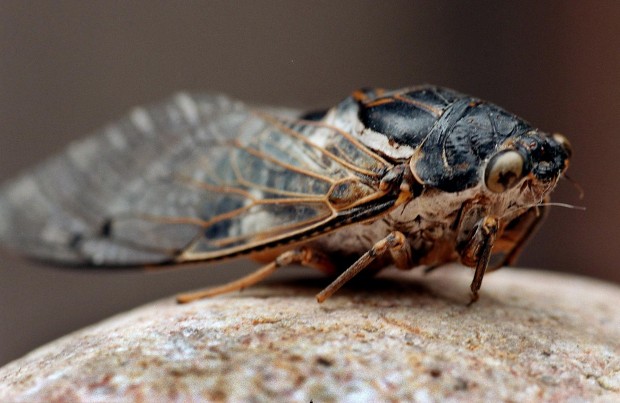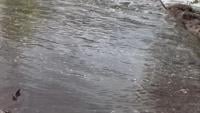Tucson is experiencing one of its driest monsoons on record, and the parched summer comes directly on the heels of the cityŌĆÖs driest August to March period since official weather record-keeping began here in 1895.
Both the seasonal monsoons and winter storms that have been so sparse this year are critical for groundwater recharge in the Tucson basin, but the winter precipitation contributes most to yearly recharge, says Wally Wilson, water resources manager for Metro Water District.
ŌĆ£There is episodic recharge that is measurable along the major rivers when thereŌĆÖs a good (monsoon) storm event, but it dissipates quickly,ŌĆØ Wilson said. Winter rain and snow in the mountains is ŌĆ£much more significant with regard to the water table.ŌĆØ
People are also reading…
In comparison to winter storms, monsoon events are more sporadic and dispersed, and Wilson said they typically donŌĆÖt generate the kind of slow, sustained rainfall that a winter storm front brings in. Saturation of rainfall is crucial to water recharge.
ŌĆ£Snowmelt in the rain in the mountains moves a lot slower and has opportunities to infiltrate more, and that makes it into the groundwater system more efficiently,ŌĆØ Wilson said. ŌĆ£Whereas, a one-square-mile downpour on a part of the city, a lot of that makes it into washes, but itŌĆÖs not a long-lasting event where that water is in that wash channel for a long period of time and having more opportunity to infiltrate.ŌĆØ

Monsoon storms and winter rainfall are both critical to the Southwest ecosystem, say experts.
In addition to volume and saturation of water, there are several other factors that prevent monsoon rains from permeating the water table as effectively, said Jennifer McIntosh, associate head of hydrology and atmospheric sciences at the University of Arizona.
ŌĆ£Much of our precipitation goes back up to the atmosphere through transpiration by plants and evaporation at the surface,ŌĆØ she said.
Without as many growing plants, winter rains are more easily absorbed into the soil, and into the water table.
ŌĆ£If itŌĆÖs been really dry over the winter, then that means the soils, come summertime, are really dry. So it takes several big monsoon storms in order to get recharge,ŌĆØ McIntosh said.
But thatŌĆÖs not to say monsoon rains donŌĆÖt still play an important role in water recharge.
ŌĆ£A strong monsoon season definitely contributes to natural recharge,ŌĆØ Wilson said. ŌĆ£With a really good rain event where the Rillito was running for several days, youŌĆÖll see a bump in the water level that would rise and fall, but itŌĆÖs a very localized little ribbon of recharge.ŌĆØ
As McIntosh explained, the effects of the annual monsoon rainfall, and even precipitation from winter storms, on natural water recharge are seen most clearly along the cityŌĆÖs washes.
ŌĆ£The only places that we see recharge in the Tucson basin are along our major washes,ŌĆØ she said. ŌĆ£Once you get away from the washes, even just adjacent to them, the ground water is decades to hundreds to thousands of years old, so that water wasnŌĆÖt recharged anytime recently and itŌĆÖs not being affected by whatŌĆÖs happening seasonally.ŌĆØ
In short, no monsoon storm or record-breaking winter snowpack is going to fill up TucsonŌĆÖs aquifer entirely, but specific areas still feel the direct impacts of yearly weather patterns and rainfall. (The city does artificially recharge its Colorado River allotment, brought to Tucson via the Central Arizona Project canal, through basins that let it seep into the ground. It is then pumped to provide drinking water.)
Localized areas along the washes are also where the impacts of ArizonaŌĆÖs ongoing megadrought are most obvious, McIntosh said.
ŌĆ£One example is Sabino and Tanque Verde; they flow into the Rillito. ThatŌĆÖs an area of localized recharge where we see that recent water reaching the water table, and itŌĆÖs in those locations that we see the effects of the megadrought,ŌĆØ McIntosh said. ŌĆ£WeŌĆÖve seen this decline in water tables in wells in shallow alluvial aquifers in washes. ThatŌĆÖs because of the megadrought.ŌĆØ
In 20 years, McIntyre said, the water level in one of the wells monitored by Pima County has dropped some 10 feet.
ŌĆ£And itŌĆÖs been in a steady decline since the early 2000s,ŌĆØ she said.
According to McIntosh, the only time the water table of the well has risen recently was in 2021 after extreme monsoon storms.
Monsoon rainfall is more important than winter rain from the perspective of the ecosystem, another expert said.
ŌĆ£Because the ecosystem is under so much stress in the summer, the additional rainfall makes an enormous difference,ŌĆØ said Kathy Jacobs, director of the Center for Climate Adaptation Science and Solutions, and professor of environmental science at the University of Arizona. ŌĆ£Many plants and animals are also having a hard time. And in fact, if we lose the riparian areas or the areas along streams and washes, you lose the vast majority of the habitat for birds and fishes and so forth.ŌĆØ
Life is a delicate balance in the desert, and whether itŌĆÖs winter storms or summer monsoons, every drop of water counts.
Photos: Star photographers pick their favorite monsoon photos
Monsoon lightning, 2021

A bolt of lightning illuminates a column of rain drenching mid-town, part of a powerful monsoon cell that dropped rain, winds and hail over parts of Tucson, Ariz., July 20, 2021.
Monsoon, 2023

A rainbow arcs over the eastern sky behind a stand of saguaros along north Campbell Avenue, part of the scattered monsoon storm that rumbled over Tucson, Ariz., August 8, 2023.
Monsoon, 2022

The setting sun lights up the patchy monsoon clouds overhead as Omar Rojas Jr. works on pitching out of the stretch with his dad, Omar Sr., on the diamond at David G. Herrera and Ramon Quiroz Park, Tucson, Ariz., July 21, 2022. The two Omars were working out while daughter/sister Julissa practiced nearby with her softball team. Monsoon 2022 may finally bring the rain, with precipitation forecast this weekend and throughout the coming week.
Monsoon, 2023

Aurora Apodaca, left, lets out a laugh as she plays in the aftermath of a monsoon storm with Oscar Stump on the west side of Tucson in 2023.
Tucson weather, 2025

Kids take a ride on playground equipment at Joaquin Murrieta Park in Tucson, Ariz. under clouds that moved in early in the evening on June 30, 2025.
Monsoon, 2014

A woman watches the water flow down the Santa Cruz River from the Congress Street bridge on September 08, 2014. Tucson Police Department officers taped off a portion of the pedestrian/bike path along the Santa Cruz River that leads underneath Congress Street. A monsoon storm that dropped a record amount of rain on Monday. The closing of the path was a precaution due to the risk of the rising water.
Rainy day in Tucson, 2023

Scott Saas listens to music while rain showers continue throughout Southern Arizona, E. University Blvd, Dec. 1, 2023. Tucson is predicted to get anywhere from 1 to 3 inches of rain Friday.
Monsoon clouds, 2025

The "Balancing ActŌĆØ sculpture poses underneath the dark cloudy skies as rain showers pass through Southern Arizona, 4502 North First Avenue, Tucson, Ariz., July 2, 2025.
Monsoon, 2025

A truck drives through flooded streets as heavy rain showers hit the city of Tucson, West Fort Lowell Road, Tucson, Ariz., July 3, 2025.
PHOTOS: Attracting the ladies, and other monsoon critters action
It isn't just humans who love it when the monsoon rains enliven the desert, perking everything up.
Critters come out to play, bigtime.┬Ā
"Summer rains trigger a second breeding season for many animals, from insects to the birds and mammals that feed on the insects," the Arizona-Sonora Desert Museum in Tucson notes on its website, adding:.
Many butterflies emerge or arrive with the rains.
Giant palo verde beetles emerge to mate and lay eggs.
Spadefoot toads and Sonoran green toads "begin their short and frenzied reproductive cycles in the shallow rain puddles."
Nectar-feeding bats and their new young begin to move south, following the blooms of agaves.
And it gets buggy out there.┬Ā
"Look for swirling swarms of winged leaf-cutter and harvester ants the morning after heavy rain; these are new queens and males which will mate and establish new colonies."
Here's a photo gallery of some of Southern Arizona's monsoon critters of the Sonoran Desert.
The Central Arizona Project is a 336-mile canal in Arizona that supplies Colorado River water for the Phoenix and Tucson area, agriculture and several Native-American tribes. Construction began in 1973 and was substantially complete by 1994. This portion is located near Sandario Road and Mile Wide Road west of Tucson on March 17, 2021. Video by: Mamta Popat / ├█╠ęė░Ž±AV


